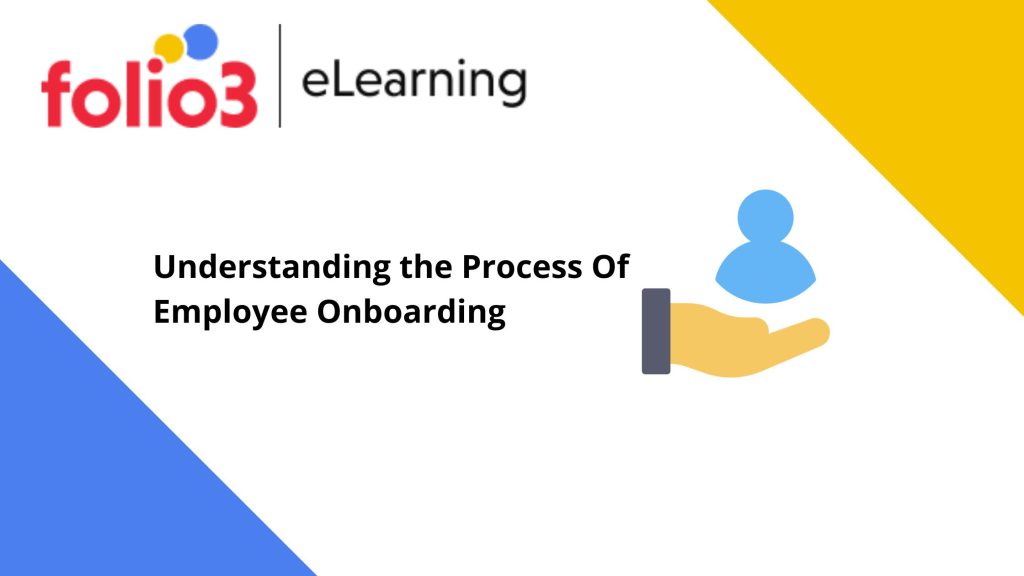
Introduction
There are many issues that HR Managers deal with daily, but none are more difficult than new employee onboarding. Although there is an endless demand, the talent pool is progressively getting less. It’s more crucial than ever to be successful in your search for the ideal individual despite the talent shortage. But after locating the perfect candidate, a more difficult task starts.
If the new hire leaves for a greener pasture after spending many hours looking for, locating, screening, and recruiting the perfect person, all your extra effort will be for naught, and you will have to start over from square one. So with all the action that is taken into hiring a new employee, it is crucial to understand the employee onboarding process.
Executive Summary
Finding talent has emerged as one of the top HR difficulties due to a decreasing talent pool and rising demand. Sourcing and recruiting the ideal individual is only the beginning of the process. That is when the effort to keep them starts. Thus, ‘understanding what employee onboarding’ is the topic of our article today.

What Is Onboarding New Employees?
The process of employee onboarding is frequently very similar, and the duration and tasks required to give each onboarding program its distinctive character.
While some HR managers appear to view the employee onboarding process as nothing more than the paperwork associated with new hires, more knowledgeable and devoted team members perceive employee onboarding in a different light.
“Employee onboarding is defined as the full period from when an offer is made until a candidate starts to contribute effectively to the company.”
The definition of onboarding includes every procedure that takes place during that time, such as the onboarding process, the training schedule, the establishment of performance indicators, and a feedback loop.
How Does The Employee Onboarding Process Work?
The employee onboarding workflow is a series of predetermined actions that acquaint a new hire with the setting and culture of the company. A flawless onboarding process is crucial for firms to engage with their workers early and provide them with a good onboarding experience. Numerous activities, including recruit orientation, training, socializing, etc., are a part of the onboarding process.
Importance Of Employee Onboarding Process
Why is it so significant? After examining the meaning of onboarding, let’s look at some of the advantages a successful employee onboarding program may offer your company.
- Strong Corporate Culture
Although candidates must have the appropriate abilities, it’s even more crucial that their personalities mesh with your company’s culture. You can ensure you recruit and hire the best candidates by incorporating your core values into the hiring and onboarding procedures.
- Strong Workplace Experience
There are plenty of job prospects for employees because of the high demand for talent. A thorough onboarding procedure that covers business culture, chances for professional advancement, and interpersonal interactions demonstrate to new hires that you care about their success. They will help them after the first few weeks.
- Drawing Talented Attraction
A useful onboarding approach that considers your employees’ needs helps attract talented individuals. Better retention and the development of your brand’s reputation will result. Not to add, this method of finding talent is more rapid and economical than a conventional hiring procedure.
- Reduced Rates of Turnover
Businesses have an expensive problem with employee turnover, particularly when workers don’t stay with the company for very long and the hiring process is never-ending. One of the most effective techniques for battling it is training. Particularly when an employee’s professional development is supported by their workplace, unable to do their duties effectively, expand their knowledge, and maintain their commitment.
- Enhanced Efficiency
The “settling-in” period can be greatly reduced, and employees can get started immediately with a well-planned employee onboarding procedure. To do that, keep the lines of communication open with your staff, establish clear objectives and goals, and develop a performance-enhancing strategy.
Effective Onboarding Practices For New Hires
The above-described onboarding procedures are a broad guidance you can follow to help your employee get off to a good professional start. Let’s now look at these 5 recommended practices for improving your business’s onboarding process and results.
- Ticking Most Boxes On The Requirement
Making job descriptions sound interesting to prospects is the task of an HR recruited to draw in more talent. You must, however, take care to adhere as closely as you can to the truth.
- No Isolating Processes
While it is vital to automate the procedure, do not leave your stuff unattended at that period. Set up regular check-in sessions to go over their progress, offer them a chance to ask questions, and talk about their potential for growth within the organization.
- Tailored and automated process
The finest investment you can make if you’re thinking about streamlining your staff onboarding procedure is a learning management system. You can automate many onboarding processes using an LMS, establish clear criteria, and monitor progress with ease.
- Measuring The Metrics
Setting metrics for regular comparison and analysis is the greatest approach to guarantee the success of your onboarding procedure. During onboarding training, there are many things you may track, including clock-in and clock-out times, objective progress, job completion times, assessment results, and much more. Automate metrics reports with your LMS, and keep a tight check on the progress of your newest addition.
- Adhering To the Established Onboarding Schedule
Having a clear plan is always preferable when it comes to onboarding. To be able to evaluate their development, employees need to be aware of what to anticipate throughout the initial stages of their job. Having a schedule helps your organization by enabling you to monitor the process and perform any necessary action.
Final Words
A successful onboarding tool should inspire new hires to venture unapologetically into the unknown organizational landscape.
New recruits can spend less time buried in paperwork and more time learning about the company’s principles, experiencing the workplace, and establishing new relationships if the onboarding process is automated.
Although candidates must have the appropriate abilities, it’s even more crucial that their personalities mesh with your company’s culture. You can ensure you recruit and hire the best candidates by incorporating your core values into the hiring platform and onboarding procedures.










